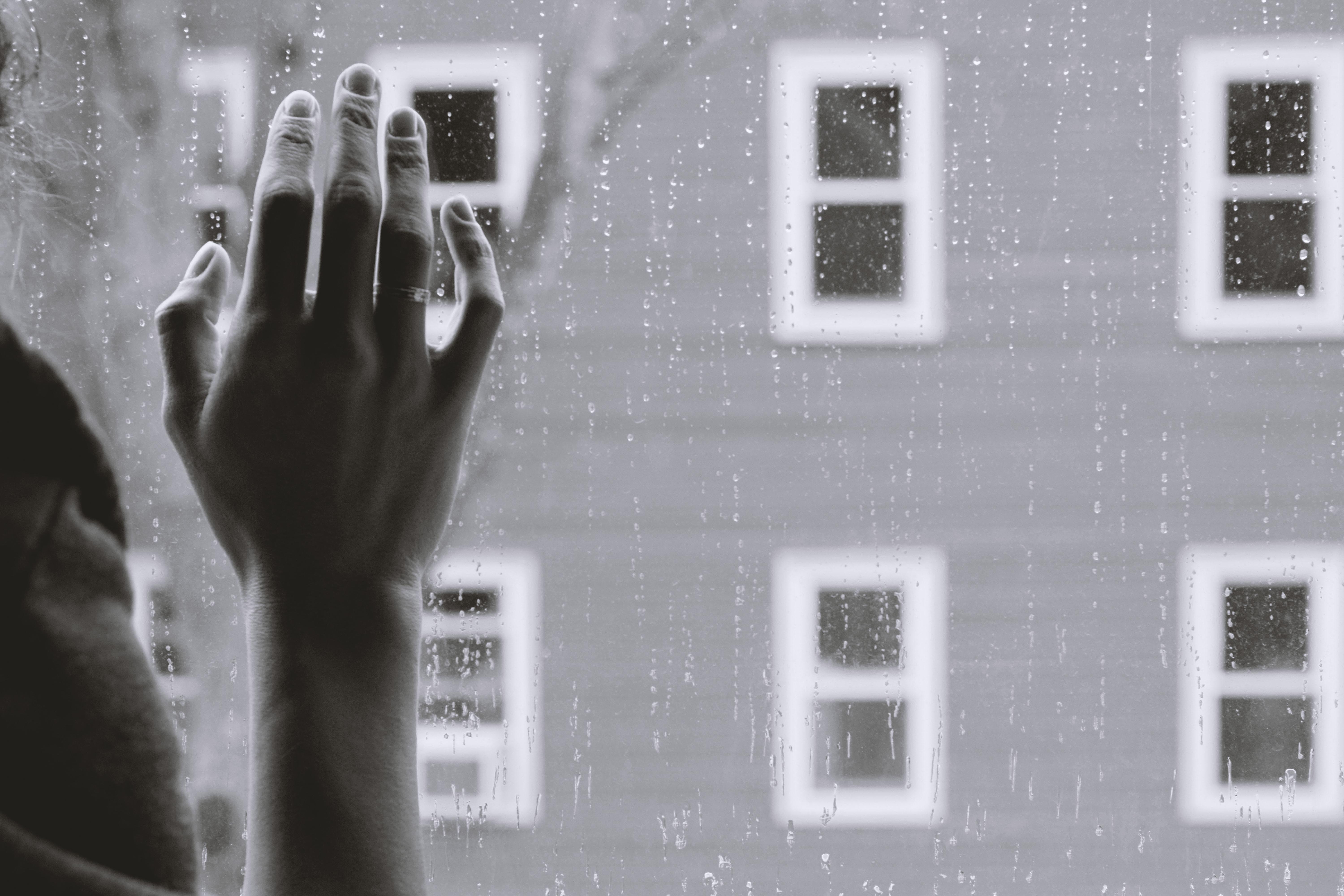
The weather is turning cold and the skies are getting dreary. While most people enjoyed the extra hour of sleep they got this past weekend, for others, the end of Daylight Savings Time (DST) marks the return of their seasonal mood disorder. Seasonal depression, also known as seasonal affective disorder (SAD), goes beyond the “winter blues” and is related to the change in seasons. SAD usually begins in late fall or early winter, worsens over the winter, and then slowly fades once spring arrives.
It’s unknown what exactly causes SAD, however, the reduced level of sunlight during the winter months seems to play a key role in the development of this type of depression. As the days get shorter, you’re exposed to less and less sunlight, to the point where it can disrupt the body’s circadian rhythm, which can trigger feelings of depression. In fact, reduced sunlight can cause a drop in serotonin, a brain chemical that affects mood. The changes to the body’s internal clock can also affect melatonin levels, which may lead to lower moods and poor sleep patterns.
If you’re dealing with SAD, there are treatments available that may help lift you out of your seasonal depression. Learn more about what causes seasonal affective disorder, the symptoms to watch for, and your options for SAD treatments.
SAD Risk Factors
There are a few attributes which may put you at an increased risk of SAD, including:
-
- Gender: SAD is four times more common in women than in men.
- Age: Younger adults have a higher risk of SAD compared to older adults.
- Location: The farther you live from the equator, the more likely you are to develop SAD.
- Personal history: People who have depression or bipolar disorder are more likely to have seasonal depression.
- Family history: People with a family history of depression are more likely to develop SAD.
SAD Symptoms
With SAD, the symptoms can sneak up on you slowly as the seasons progress through late fall and into winter. Some of the signs of seasonal affective disorder to watch for include:
-
-
- Feelings of depression, especially when they occur nearly every day
- Low energy levels
- Poor sleep patterns or hypersomnia (excessive sleeping)
- Difficult concentrating
- Irritability or agitation
- Changes in appetite, including cravings for carbohydrates
- Weight gain
- Feeling hopeless or worthless
- Losing interest in activities you normally enjoy
- Withdrawal from social activities
- Thoughts of death or suicide
-
Those who have thoughts of death or suicide should call the National Suicide Prevention Lifeline at 1-800-273-8255 right away. This hotline is open 24 hours a day, seven days a week.
Treatments for SAD
While seasonal affective disorder can be difficult to deal with, there are several great treatment options available:
-
-
- Light therapy: Because a lack of sunlight is so closely linked to SAD, light therapy can be an effective treatment for many people dealing with this disorder. For this treatment, you’ll need a special light box that emits bright, artificial light. Sitting in front of the light box for 20 to 60 minutes first thing in the morning can help to balance the body’s internal clock and reduce symptoms of SAD.
- Talk therapy: Speaking with a therapist can also help those dealing with seasonal depression. A therapist may recommend cognitive behavioral therapy to help you learn healthy methods for coping with SAD.
- Medication: People with severe seasonal affective disorder may be prescribed antidepressants. It can take several weeks to notice benefits from these medications, so someone who knows they get SAD every winter may want to talk to their doctor in summer or early fall to get started on an antidepressant regimen.
- Ketamine infusion therapy: One option for faster results and fewer side effects than conventional medications is Ketamine infusion therapy. This IV treatment features a low-dose Ketamine infusion, which has been proven to significantly relieve depression symptoms. Most patients experience substantial relief within just one to two days after their second infusion.
-
In addition, just being aware of the potential for SAD to develop can help many people deal with their symptoms more effectively. For example, if you know that you struggle with seasonal depression every year, you can schedule therapy sessions in advance. These types of proactive steps can help you to overcome SAD so you can still enjoy the winter months despite the lack of sunlight.
Seasonal affective disorder is more serious than just having the winter blues or cabin fever. If you start to feel down this winter, pay attention to your symptoms and seek treatment if you think you may have SAD.

